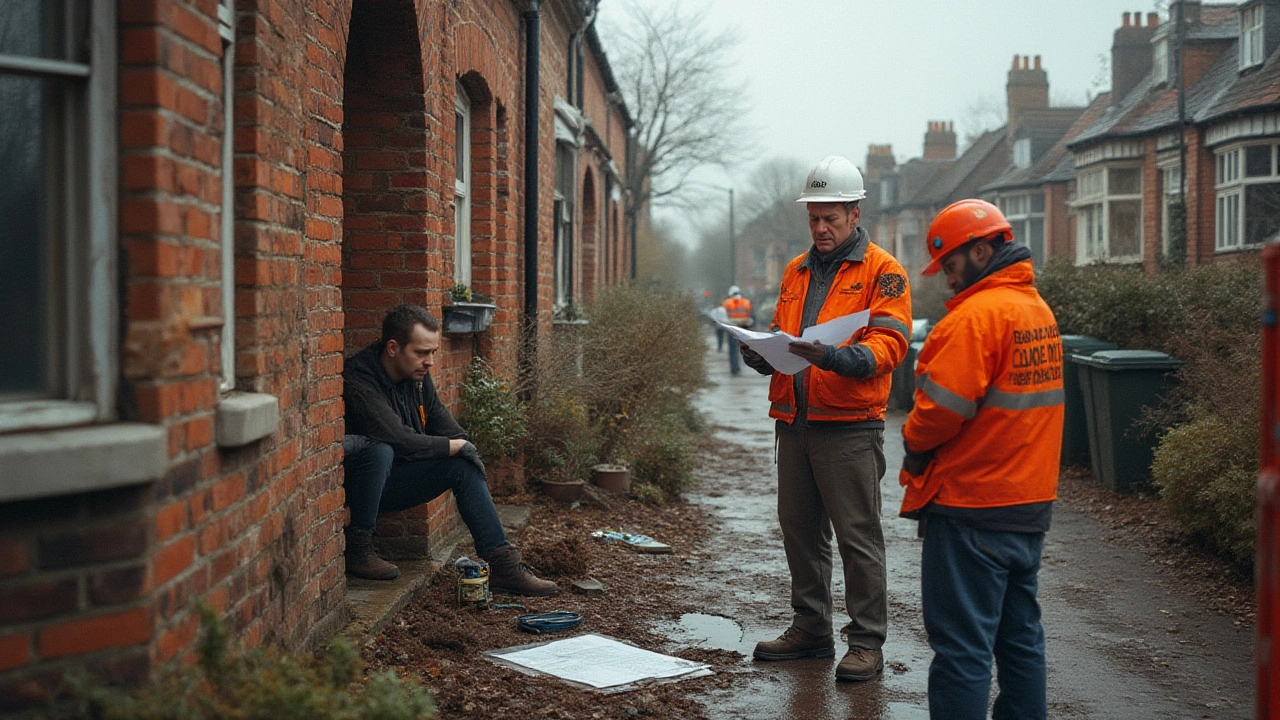Pier and Beam Foundations: The Basics and How to Keep Them Strong
Thinking about a new home or checking your current one? A pier and beam foundation might be the quiet hero under your floor. It’s basically a series of concrete or wood piers that hold up a wooden beam, creating a space you can walk into – the crawl space. This simple layout gives you a sturdy base and a handy area for utilities.
The system works by spreading the house’s weight across the piers, which sit on compacted soil or gravel. The beams sit on top, and the floor joists attach to those beams. Because the crawl space is open, you can see any water leaks, rodent activity, or settling issues before they become big problems.
One big win is that you can access plumbing, wiring, and HVAC without tearing up floors. If you need to fix a pipe or add insulation, you simply crawl in, work, and seal up. The design also allows the ground to breathe, reducing moisture buildup compared to a full slab.
Why Choose a Pier and Beam Foundation?
First off, it’s often cheaper than a full‑site poured concrete slab, especially on uneven or sloping ground. You don’t have to level the whole lot; the piers can be placed where the ground is firm. That saves time and money during construction.
Second, the crawl space gives you a built‑in inspection zone. Spotting a leak or a broken pipe is easier when you can see the pipes running under the house. It also makes future renovations less painful – no need to break through concrete floors.
Finally, pier and beam foundations can handle slight ground movement better than a slab. If the soil shifts a bit, the individual piers can settle independently, reducing the chance of cracks across the entire floor.
Common Issues and Simple Fixes
Moisture is the most common troublemaker. Water can seep into the crawl space, causing wood rot, mold, or a musty smell. A quick fix is to install a vapor barrier on the ground and make sure any downspouts direct water away from the house. Adding a small dehumidifier can keep the air dry, too.
Another issue is uneven settling. Over time, some piers may sink more than others, leading to squeaky floors or doors that won’t close. The fix is usually straightforward: jack up the floor at the problem spot, add shims or concrete filler under the pier, and level it again.
Termite damage can also bite into wood piers or beams. Regular inspections and treating the wood with a termite‑safe sealant can keep these pests at bay. If damage is already there, replace the affected timber before it spreads.
Maintenance is simple. Check the crawl space twice a year for water, pests, or sagging beams. Keep the area clean and store nothing that could block airflow. A quick visual check can catch problems early and save you a costly repair later.
In short, a pier and beam foundation gives you a sturdy, accessible base that’s easier to inspect and fix. By keeping moisture out, watching for settling, and staying on top of pest control, you can enjoy a solid home foundation for years to come.
Most Expensive Foundation Repairs: Your Guide to Piering, Underpinning & Replacement
- Gavin Whitaker
- |
- |
- 0
Curious which foundation repair methods will hit your wallet hardest? Get the real story on the most expensive options, what drives the price, and how to prepare.
View more